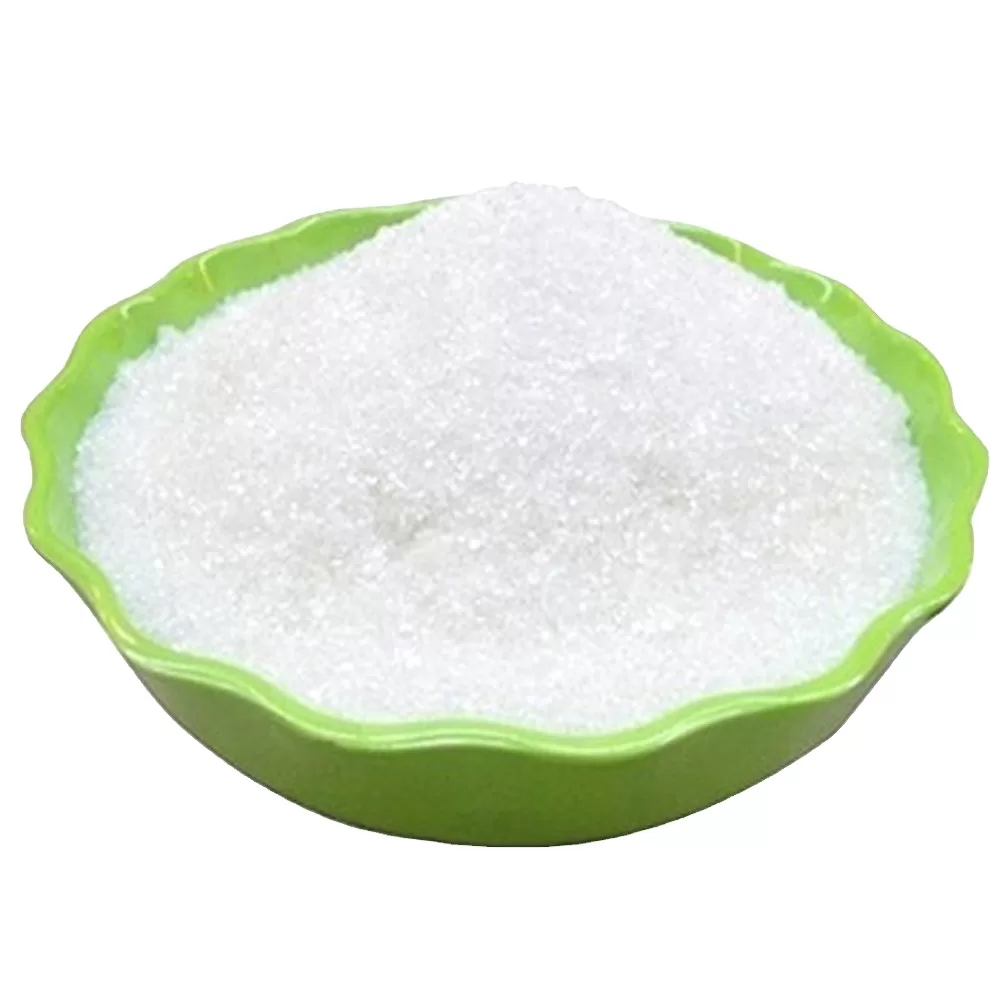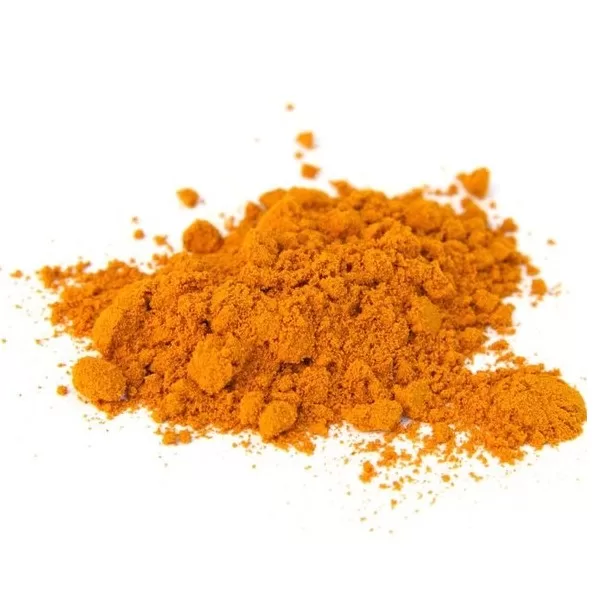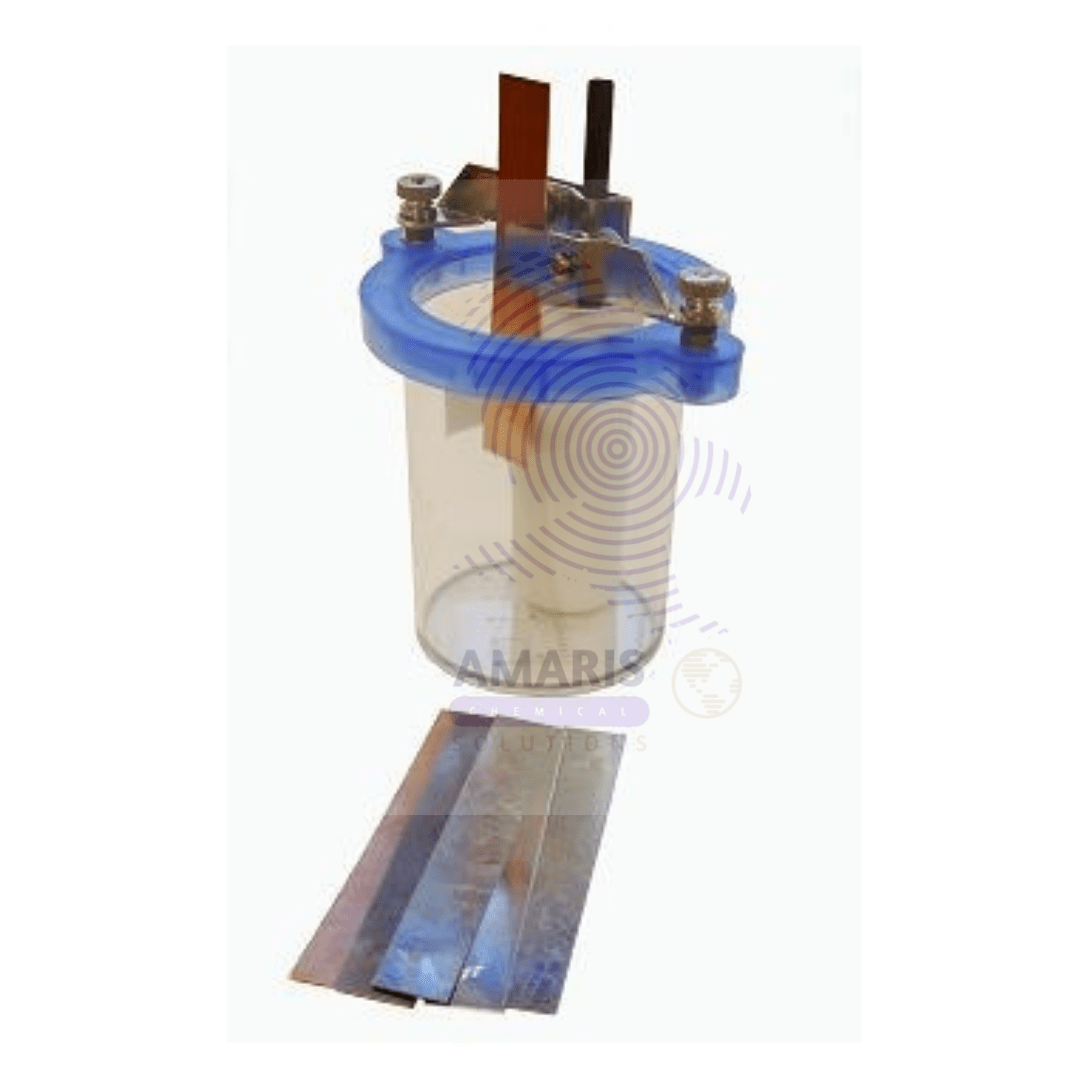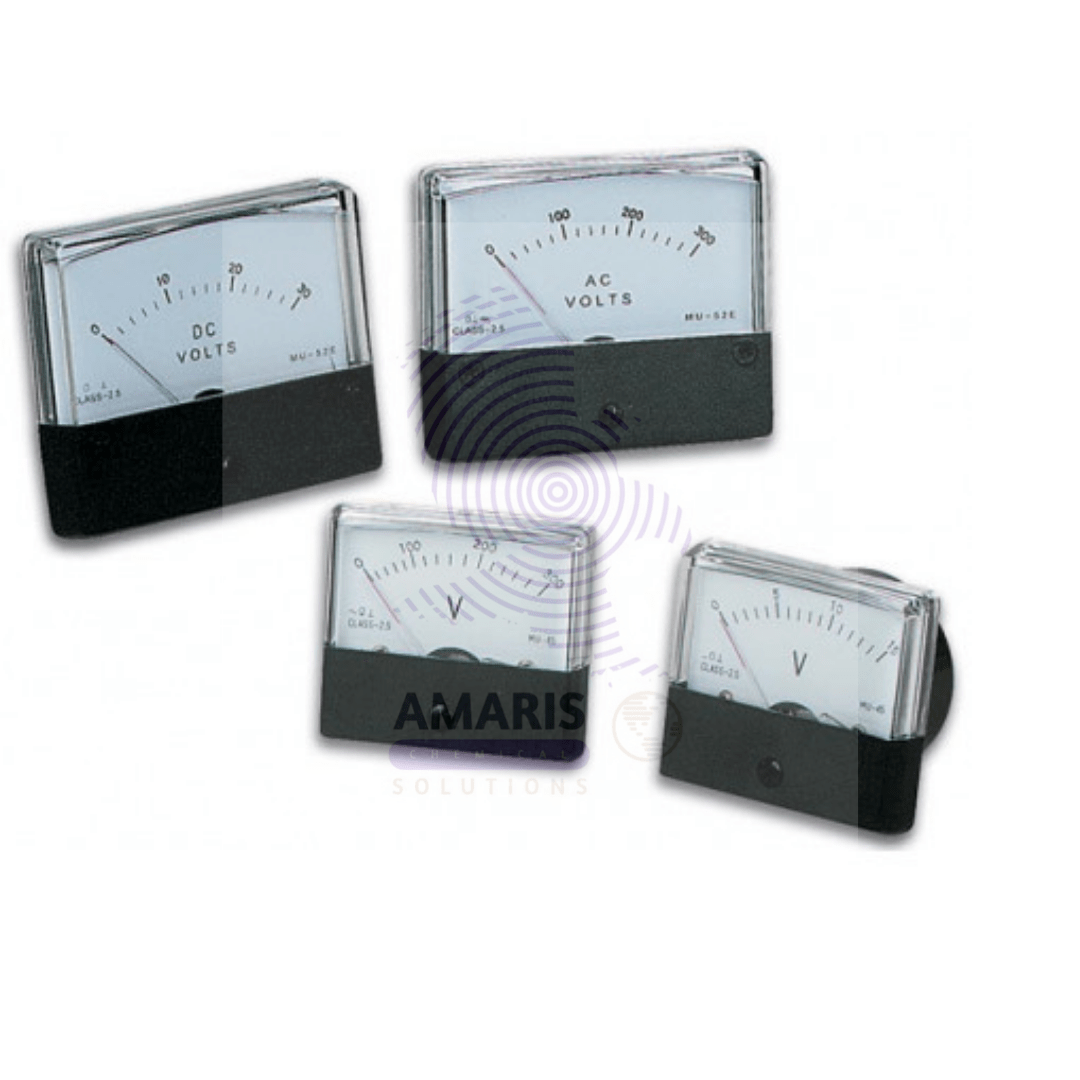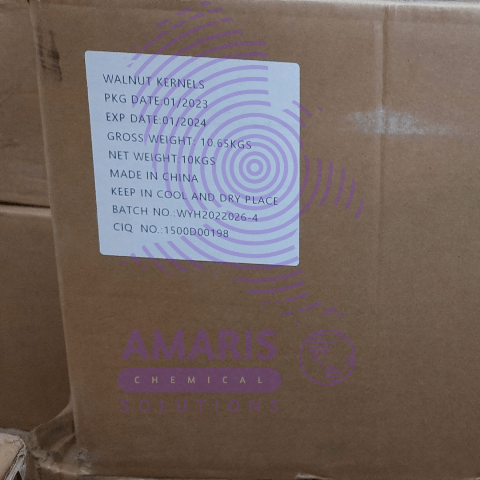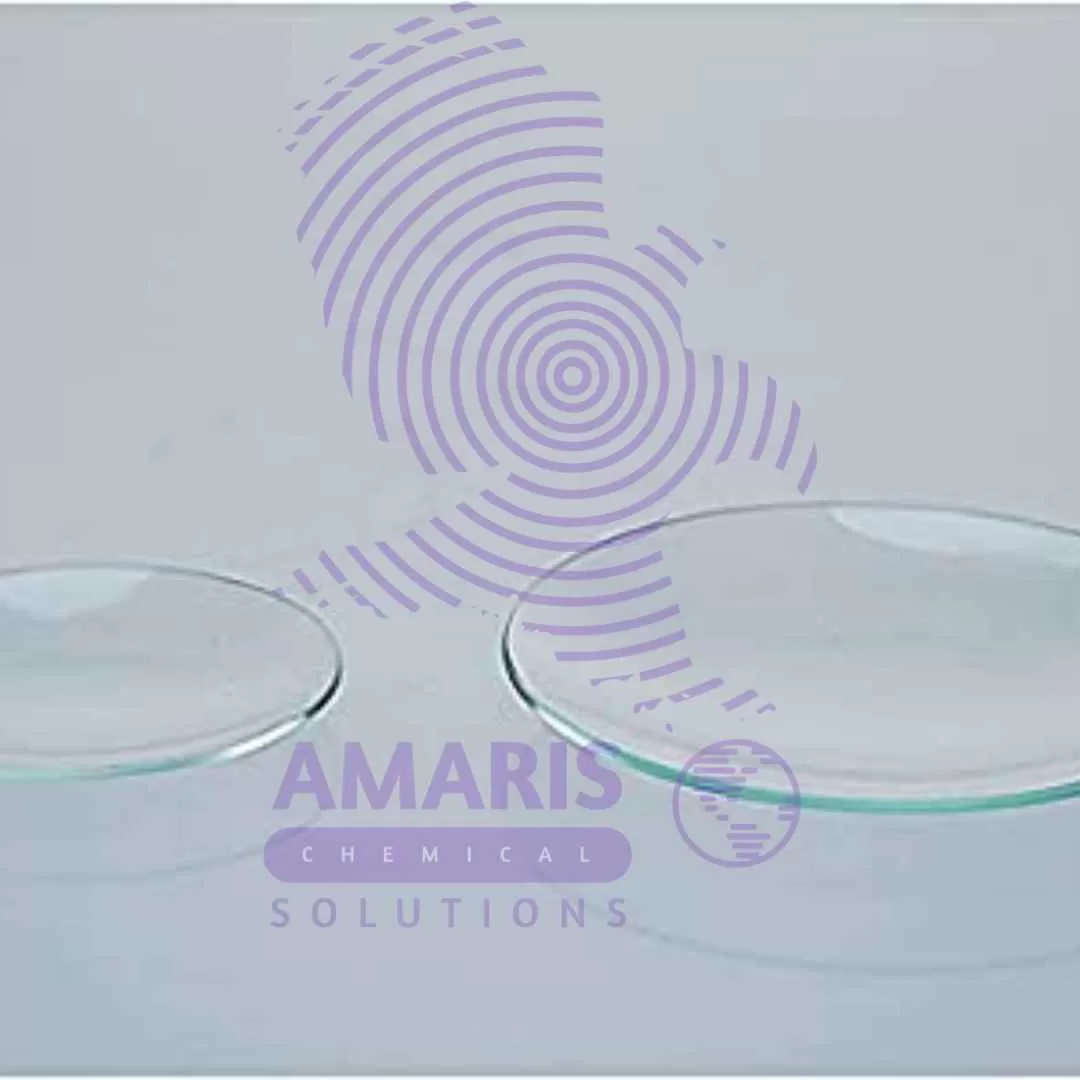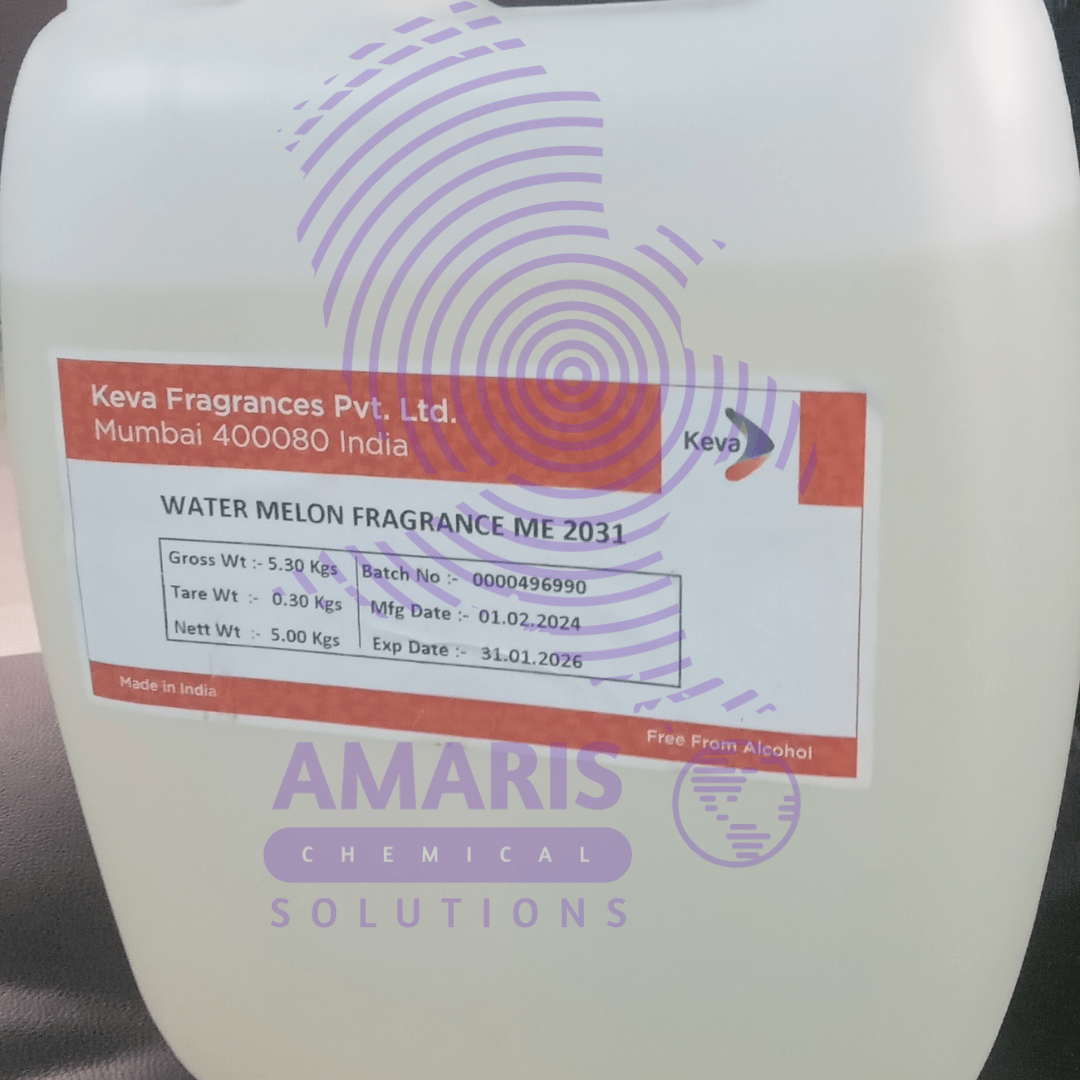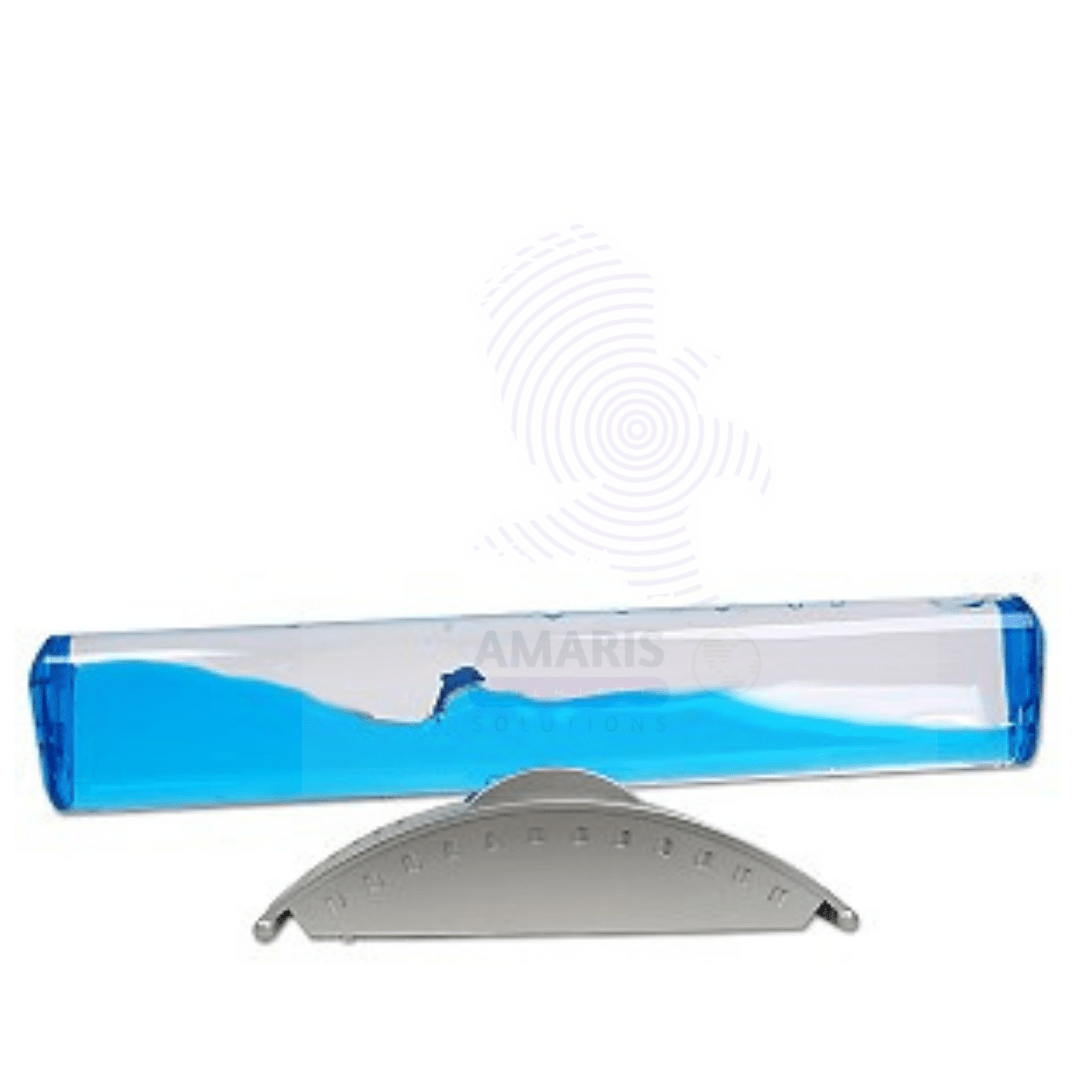Voltmeter 30v electric and dual range
A voltmeter is an instrument used to measure voltage in electrical circuits. A voltmeter with a 30V electric dual range is versatile for laboratory use. It means it can measure voltage up to 30 volts, and it likely has multiple measurement ranges within that 30-volt range for increased accuracy and versatility.
The "dual range" feature typically means that the voltmeter has two separate measurement ranges. For instance, it might have a lower range (e.g., 0-10 volts) and a higher range (e.g., 0-30 volts). This allows you to select the appropriate range for the voltage you're measuring, ensuring that the instrument provides accurate readings.
In a laboratory setting, having a voltmeter with dual range capabilities can be beneficial because it allows for more precise measurements across a wider range of voltages, accommodating various experimental setups and electrical components.
wash glass 50mm 75mm
Washing laboratory glassware is essential to ensure accurate and uncontaminated results in experiments. Here's a basic guide on how to wash laboratory glass:
- Preparation: Wear appropriate personal protective equipment (PPE) such as gloves and safety glasses before handling any glassware.
- Disposal: Dispose of any chemicals or solutions in the glassware properly according to your lab's waste management protocols.
- Rinsing: Rinse the glassware with water to remove any remaining substances. Use distilled water if necessary to avoid introducing contaminants.
- Cleaning Solution: Choose an appropriate cleaning solution based on the substances previously in the glassware and the type of contamination. Common options include detergent solutions, acid baths, or specialized cleaning agents.
- Soaking: Soak the glassware in the cleaning solution for a sufficient amount of time to loosen any stubborn residues.
- Brushing: For particularly stubborn residues, use a bottle brush or appropriate cleaning brush to scrub the inside of the glassware gently. Be careful not to scratch the glass.
- Rinsing Again: After cleaning, thoroughly rinse the glassware with water to remove any traces of the cleaning solution.
- Drying: Allow the glassware to air dry or use a clean lint-free towel to dry it manually.
- Inspection: Before storing or reusing the glassware, inspect it for cleanliness. Ensure there are no residues or particles remaining that could contaminate future experiments.
- Storage: Store the clean, dry glassware in a clean, designated area to prevent contamination before its next use.
Watermelon fragrance 5kg
Wave machine
Wave machines used in laboratories are sophisticated devices designed to study the properties and behaviors of waves under controlled conditions. These machines are crucial for research and educational purposes, allowing scientists and students to observe wave phenomena, test theories, and develop new technologies. Here are some common types of wave machines used in laboratories:
1. Ripple Tanks
Ripple tanks are shallow glass tanks filled with water, used to study wave behaviors such as reflection, refraction, diffraction, and interference. A light source above the tank illuminates the water, and the waves are generated by a vibrating motor or manually using a point source or a bar.2. Wave Flumes
Wave flumes are long, narrow tanks of water used to study wave propagation, coastal engineering, and sediment transport. They can simulate waves of different heights and periods, making them ideal for studying the impact of waves on structures and shorelines.3. Wave Basins
Wave basins are larger, more expansive versions of wave flumes. They allow for the study of wave interactions with complex structures such as offshore platforms, breakwaters, and harbors. They are particularly useful in marine and civil engineering research.4. Electromagnetic Wave Simulators
These devices are used to study the properties of electromagnetic waves, including microwaves and radio waves. They typically consist of antennas, waveguides, and receivers to generate and measure waves, facilitating research in telecommunications, radar, and other fields.5. Sound Wave Generators
Sound wave generators produce and manipulate sound waves for research in acoustics. These include loudspeakers, microphones, and specialized equipment to measure wave speed, frequency, and amplitude. They are essential in fields such as audio engineering, noise control, and hearing research.6. Mechanical Wave Machines
Mechanical wave machines, such as the Shive wave machine, use interconnected rods or strings to simulate transverse or longitudinal wave motion. These machines are often used in educational settings to visually demonstrate wave principles and properties.Key Features and Components
- Wave Generators: Devices that create waves, either mechanically, electrically, or pneumatically.
- Wave Absorbers: Structures or materials that dampen or absorb waves to prevent reflections and simulate infinite wave propagation.
- Sensors and Probes: Instruments used to measure wave properties such as amplitude, frequency, speed, and pressure.
- Control Systems: Computers and software that precisely control wave generation and analyze data.
Applications
- Physics Education: Demonstrating fundamental wave principles to students.
- Engineering Research: Studying the impact of waves on structures and developing wave-resistant designs.
- Environmental Studies: Understanding natural wave patterns and their effects on ecosystems and coastal regions.
- Acoustics: Exploring sound wave behavior for applications in music, speech, and noise control.










